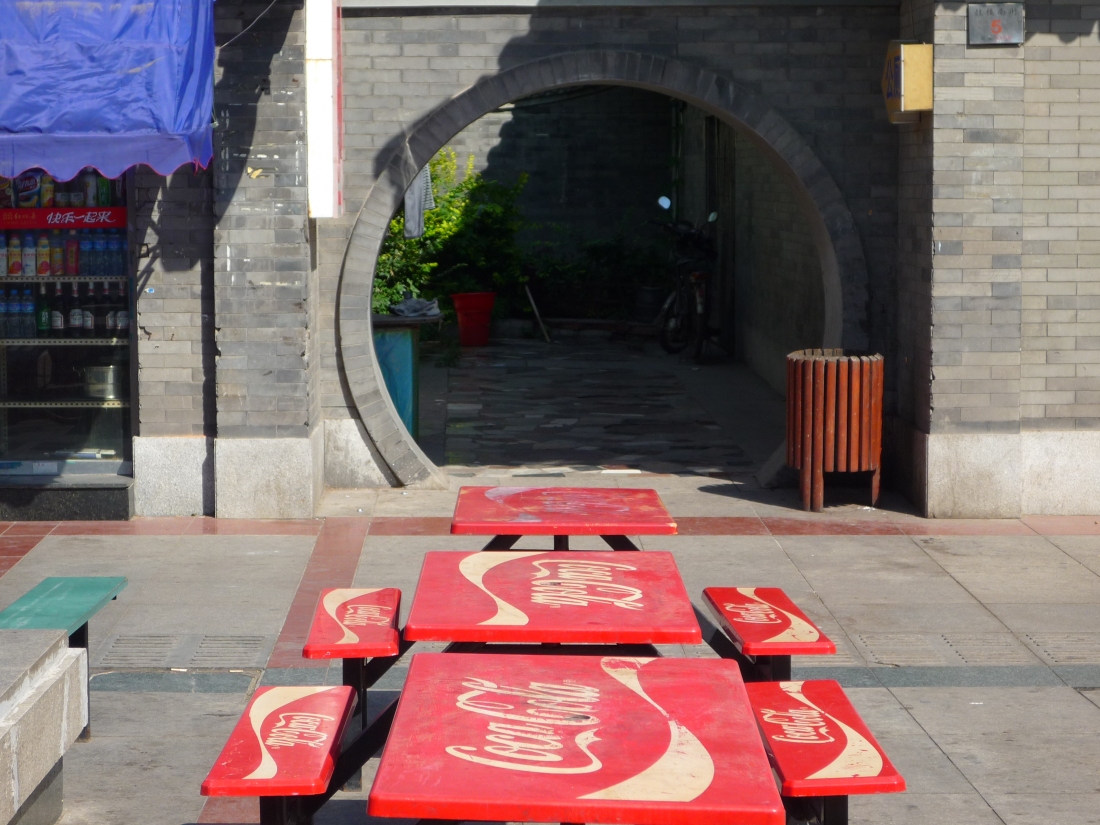One thing I understood in Tianjin: life as an expat can be lonely. Beijing and Shanghai have growing populations of foreigners now, and there is a grain of good among the numbers. But – Koreans excepted – they still think of Tianjin as a frontier town; and as such, it appeals to a weird mob.
Roughly speaking, there’s four types of expats in Tianjin. The first are the mechanics. Aerospace technicians flown over from Toulouse to train local staff in the new Airbus factory. Or similar profiles, I suppose, from other countries. In France, they’re normal people – a good job, but no particular status attached. In China, they think they’re on top of the world. And so come out with a string of pseudo-wise judgements about the country: ‘they just haven’t evolved’, ‘it’s hard to get them to work’ or even ‘it’s a new country, that’s what I like about it’. Painful.
The second are the Gold Diggers. They read about the Tianjin boom – 15% of GDP growth per year in the middle of the GFC. They heard it will be the main Financial centre in East Asia – some time in the future. So they came early, to get their shares in the local market at early bird’s price. I met one of those in a bar, receding hair and Lenin-style glasses, a waitress hanging on his neck. He thought he was inventing cool. His bar-snack was opening soon. There would be kebabs.
The come the spouses, a more interesting and varied mix. They come in two kinds: European partner, or Chinese partner. The first are handbag housewives, who spend their husband’s expat package on maids and manicure. Most are not working, and spend their days complaining about the life of luxury they live in China, pining after a proper baguette or a nice cup of coffee with milk.
The second are more colourful – and come in both genders. They came first as a student, or on a visit; they met a Chinese partner, and they decided to stay. Most of those work as language teachers, or in some sort of mediating role. As time passes, they become more and more Chinese, and talk of how everything is changing. They have a touch of sadness to them – life in China can be tough – but they’re settled here, have respect for people around, and make an effort to understand. The one problem with them is – newcomers endanger their exceptional status; and though they are a worthy lot, they tend to know better than you.
Finally come the students. They’re in China to learn Chinese, for a year, or just a few months. Either Tianjin was not their first choice, or they come from a remote place. But they’re enjoying it, or try to. They write blogs, go to cafes, and have a try at market food with adventurous internationals. On week-ends, they train to Beijing and hang out around the cool bars.






































































